The Gift of South Dakota
Subscriptions to South Dakota Magazine make great gifts!
Subscribe today — 1 year (6 issues) is just $29!
Black Hills Timber
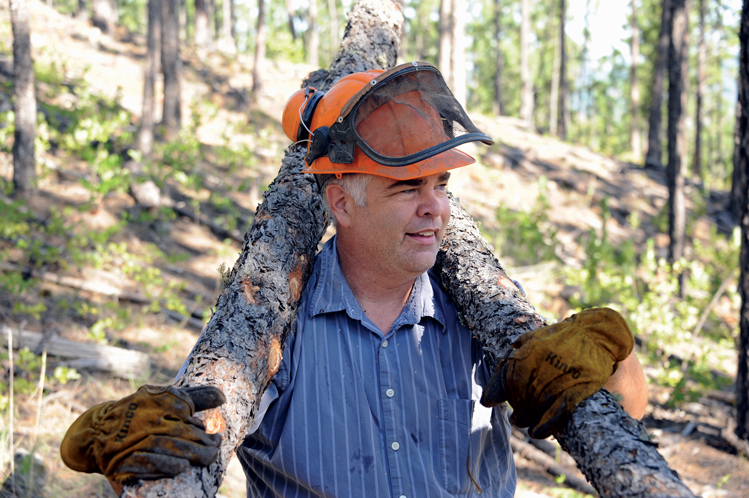 |
| Alan Aker is a third generation lumberman who manages the forest, cuts the trees and markets niche wood products online. |
At Christmas time David and Karen Papcke leave behind baffled friends in southern California. Why, these well-intentioned acquaintances wonder, is this couple in their 70s heading to the Black Hills now, for several months, just as winter starts throwing its hardest punches?
They go because they’re tree farmers. Assuming snow falls, this is the time to burn slash piles. It’s good for the forest’s health and, says David, for his health, too. “Being in the forest is the best thing for me,” he says. “The work is hard but in California I don’t have incentive to be outside and active like I do in the Hills.”
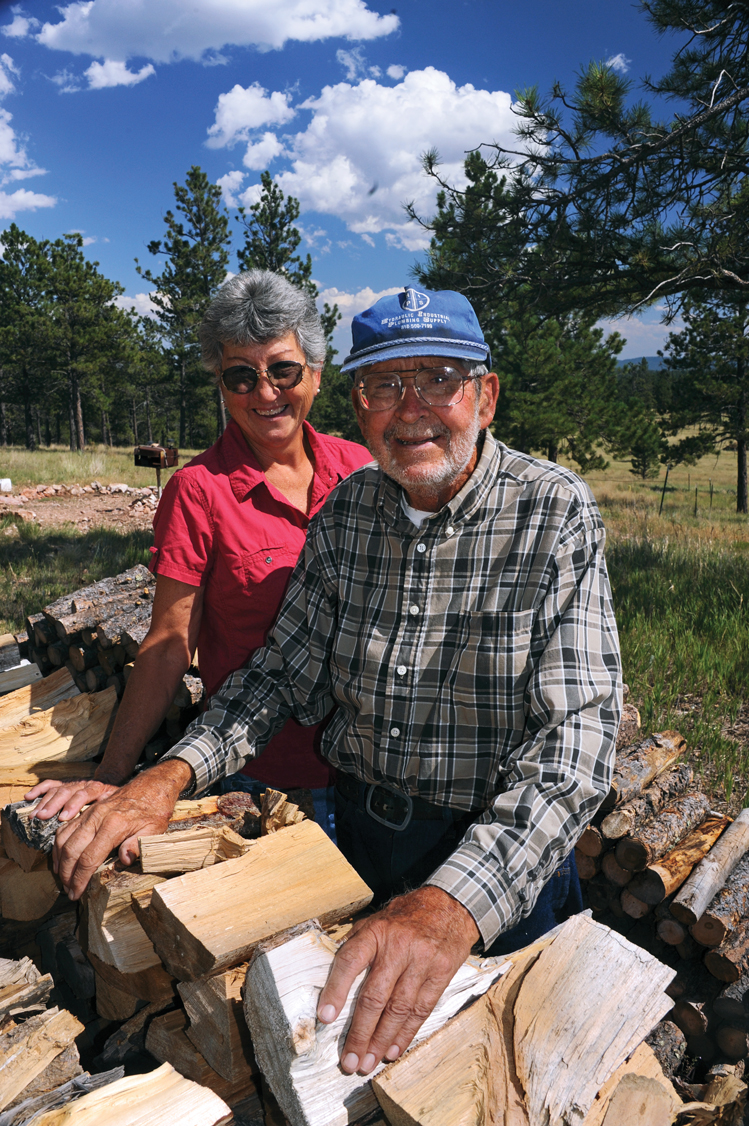 |
| David and Karen Papcke thin and prune trees on their Custer County land to create a sustainable, healthy forest. |
Farming implies harvesting, and while there’s more to tree farming than growing lumber, logging is a key part of what happens. Certified tree farms are lands deemed sustainable —thanks to forest friends like David and Karen.
Follow the Black Hills timber industry in the news and you might assume all harvesting stems from Forest Service contracts. Most Black Hills pine is, indeed, cut on federal lands, and there’s perennial public debate about Forest Service policy related to harvest numbers, overall environmental impact, whether forests are sufficiently thinned for fire suppression, and how to address the devastating mountain pine beetle epidemic.
Even without those contemporary matters Forest Service lands would steal the spotlight in most discussions of the Black Hills timber industry. That’s because of the region’s remarkable Forest Service history and its policy impact nationally. Think the issue of national health care gets a rise out of people in 2018? No more so than a proposed national forest reserve program with cutting regulations did across the West in 1891. Later that decade South Dakota’s U.S. Senator, Richard Pettigrew, argued the Black Hills should never be made a reserve because it was such a “sparsely timbered region.” There was some truth to that statement. Unregulated timber harvesting since 1875, when settlers began pouring into the Hills, had denuded entire mountainsides. President Grover Cleveland disregarded Pettigrew’s advice and announced the creation of the Black Hills Forest Reserve, effective in 1897 and with cutting rules enforced in 1898.
Gifford Pinchot, the visionary chief of the federal Bureau of Forestry then, decided the Black Hills region was a good model for developing timber policies for national implementation. In 1899, “Case No. 1” was Forest Reserve terminology for the very first timber sale on Forest Reserve land. The buyer was Homestake Gold Mine and it obtained the right to harvest trees near Nemo. That was the birth of the modern Black Hills timber industry, and it did indeed set national precedent. Case No. 1 procedures were put into effect everywhere.
As if setting national policy in the Black Hills wasn’t enough, Pinchot found a Paul Bunyan of a man in the Hills who personified early 20th century sustainable forestry ideals. Plenty of people today think of Seth Bullock as an early Deadwood lawman, as portrayed on the HBO Deadwood series. In truth, Bullock was that and much more — entrepreneur, friend to Teddy Roosevelt, rancher, a founder of Belle Fourche and Black Hills Forest Reserve supervisor. If anyone could make logging on federal lands work, Pinchot reasoned, Bullock was the man. Bullock insisted Black Hills forest rangers be rugged westerners, not Washington appointees, and there’s no evidence he ever backed down from anyone — Washington bureaucrats or loggers skirting the rules.
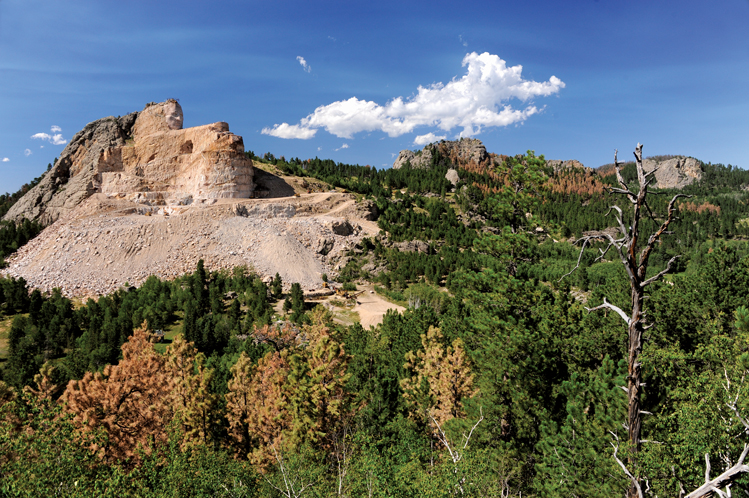 |
| South Dakota's oldest certified tree farm was started by Korczak Ziolkowski, the visionary artist who began the Crazy Horse carving. Reddish trees surrounding the sculpture are evidence of a beetle infestation. |
“Bullock was an important part of Pinchot’s experiment,” says David Wolff, Black Hills State University professor and Bullock biographer. “More than once he went to Washington to talk about timber as a sustainable crop and forests as lands of many uses.”
Bullock developed a national following among foresters, and in Washington officials who listened to his theories were even more impressed by the logging revenue he generated. Some years the Black Hills Forest Reserve made more timber sales than all other Reserves in the nation combined. In 1905, Forest Reserves were moved from the U.S. Department of Interior to the U.S. Department of Agriculture — very much in line with Pinchot and Bullock’s view of timber as a crop. The Forest Reserve’s name was changed to the Forest Service in 1907.
Bullock planted new growth of a tree type native to the Black Hills and central to its timber industry — what he knew as “yellow pine.” Today we call it Ponderosa pine, a species able to survive most fires and indeed thrive because of them. Bullock had no way of knowing how technical advances would eventually bring about far-reaching fire suppression. Decades later his forest stood so overgrown that fires would burn hot and likely kill everything.
“We created conditions where big Ponderosa pines, 600-year-old trees, are at risk,” says Frank Carroll, an independent forest management consultant. There are lots of acres in the Black Hills, he notes, where a thousand or even several thousand trees occupy a single acre. Long ago perhaps 30 to 70 Ponderosa pines stood in that space. Dense forests, beyond fire risk, are prone to disease.
Independent loggers were the key to thinning Black Hills forests in the 20th century. Sometimes they reminded fellow South Dakotans that they weren’t quite as independent as people thought. The region’s biggest buyer of timber sales was Homestake, which consumed vast quantities of pine for everything from underground mine bracing to employee housing. The mine operated its own sawmills and, in 1940, consolidated most of its milling in its new state-of-the-art sawmill at Spearfish. With its mammoth lumber infrastructure Homestake pretty much dictated the going rate for timber sales and could afford to under-bid when competitors turned too competitive. Logging has always been an expensive venture, requiring ever-evolving trucks and other equipment, and there were years when more competitive bidding might have helped everyone’s pocketbook.
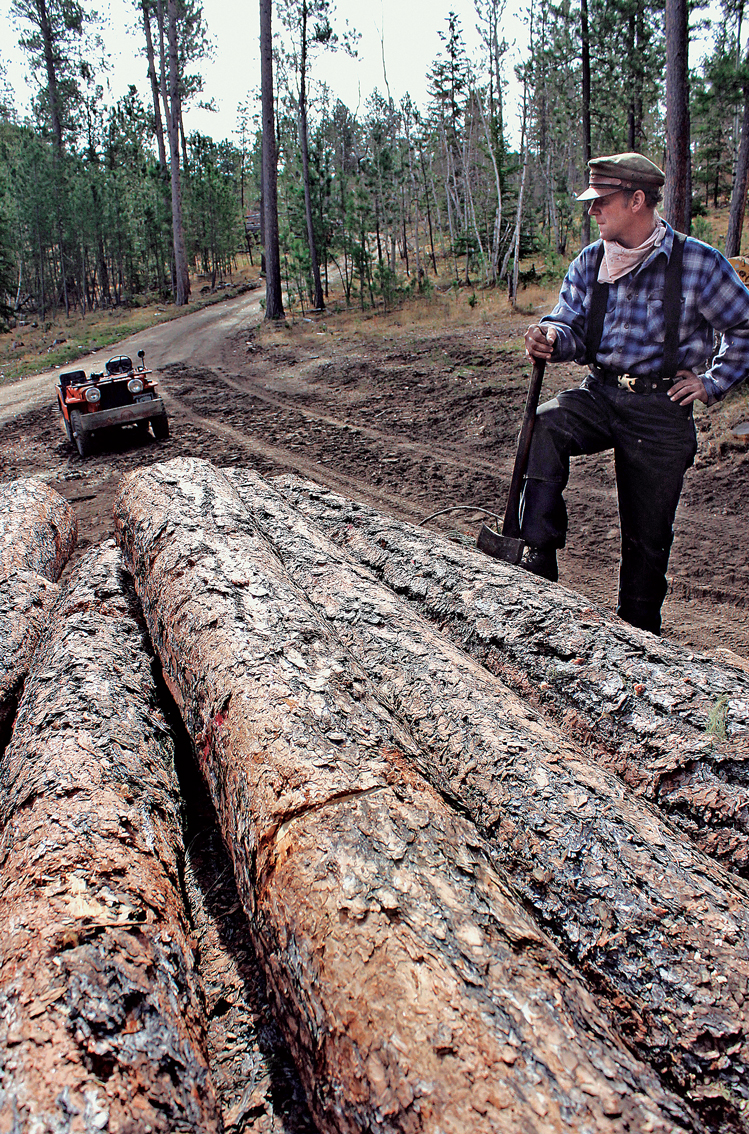 |
| Mark Ziokowski, son of the legendary Crazy Horse sculptor, now manages the trees around the monument. |
Alan Aker has seen a lot of that Black Hills timber history, accompanying his dad on logging excursions as a boy, and owning his own timber company since 1983. Today Aker can be considered a consummate contemporary lumberman — Aker Woods Company makes possible half a dozen jobs, cuts timber on its own land and Forest Service lands, mills it, and uses it to build log homes and other products.
Aker attests to tremendous changes over the years. “Everything’s a lot more mechanical and there are fewer accidents,” he says. “I’m hearing more Spanish spoken in the forest.”
When Aker started his business there were about a dozen big sawmills in the Hills. Now there are three major ones at Hill City, Spearfish and Hulett, Wyoming — and a handful of smaller mills, which, in some cases, have developed specialized byproducts. Homestake is gone but that doesn’t mean independent loggers gained autonomy in arranging federal timber sales contracts. In today’s industry the mills deal with the Forest Service and then contract with loggers.
As the decline in big mills reflect, there’s less logging in the Hills than there was 30 years ago. Still, compared to some other regions — sections of the Pacific Northwest, for example — the industry is holding its own in the Black Hills. Logging trucks rumbling into Hill City and Spearfish are tangible reminders of a way of life that continues despite reduced demand for building materials in a sluggish economy, and despite a series of environmental lawsuits that slowed Forest Service sales. The lawsuits, however, spurred interest in timber coming off private tree farms.
Another challenge is the mountain pine beetle plague, an old disease that Seth Bullock recognized, but now attacking the Black Hills and Rockies as never before. In a single year, Black Hills residents watch entire hillsides turn from green to rusty-red. Once trees are infected the lumber can be salvaged within a few months. Then it deteriorates into worthless debris and is a frightful forest fire fuel. “I look at what’s happening and think we’ll probably see a lot of cutting the next five years,” says Aker. “But then what?”
Not that South Dakotans are surrendering to the beetle without a fight. Aker is impressed by the arrangement Lawrence County struck with the Forest Service to jointly attack the disease. It’s maybe yet another Forest Service precedent set in the Hills that will have national impact. “The Forest Service is committing to very different practices and is to be commended, as are Lawrence County officials,” says Aker.
Lawrence County commissioner Terry Weisenberg gives much credit to Rhonda O’Byrne, Forest Service district ranger for the northern Black Hills. “She really stuck her neck out for us,” he says. “As a result we were able to write a first-of-its-kind contract with the Forest Service, allowing Lawrence County to go to work and fight this tsunami of destruction.” The county hires subcontractors who “cut and chunk” trees the Forest Service knows to be infected, but which haven’t yet launched beetles that will fly and infect more trees. Lawrence County uses mining severance tax revenues for the fight, and has accepted funding from the City of Spearfish and Spearfish Canyon Foundation. The nonprofit foundation accepts tax-deductible contributions from anyone wanting to put dollars into Lawrence County’s battle.
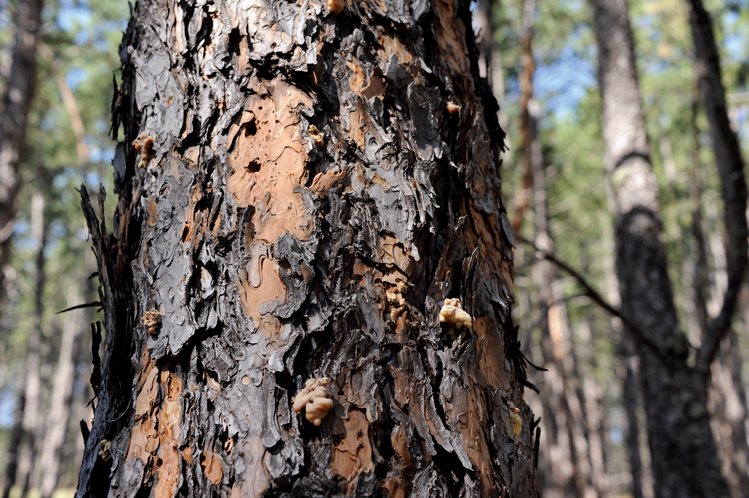 |
| Holes in the bark are evidence of woodpeckers attacking pine beetles. |
For South Dakotans who would like to put their own hands to work in keeping forests healthy and productive, there’s always the example of David and Karen Papcke and fellow tree farmers. The Papckes first acquired Black Hills forest land in the 1970s and now own 640 acres in three locations near Custer, Rochford and Moon. They were named South Dakota Tree Farmers of the Year in 1986 and 2006.
“David and Karen are tree farmers extraordinaire,” says David Hettick, state service forester for the southern Black Hills who has greatly enjoyed his association with the couple. “Their property long ago became a certified South Dakota Tree Farm, which in the past was just a recognition of people who go above and beyond what’s necessary to keep a forest healthy. But now certification means a forest is managed in a way that’s sustainable. That brings a better price for timber cut there.”
The Papckes don’t plant trees. They describe their work as mainly keeping the forest thinned, keeping the best trees growing, and recognizing diseased trees and taking them out. Mountain pine beetle isn’t the only disease. Tip moth, says David Papcke, attacks seedlings and results in deformed “junk trees.” The Papckes have fought fires and dealt with the aftermath of winter storms that toppled trees.
When it comes to thinning, the Papckes handle trees with trunks up to 10 inches in diameter themselves. Bigger than that and they contract with commercial loggers.
Not far from the Papcke’s Custer area property is South Dakota’s oldest and biggest certified tree farm. Millions of people have visited, but few recognize it as a tree farm. Not only did sculptor Korczak Ziolkowski begin carving the world’s largest sculpture in 1948, but he also acquired forest property and implemented a management plan below the Crazy Horse sculpture site. Today, son Mark Ziolkowski is the forester, taking care of more than a thousand acres and winning South Dakota Tree Farm of the Year honors in 2007.
Crazy Horse has been aggressive in fighting pine beetles. Mark and a crew of four cut more than 20,000 infected trees in 2011. Additionally, an outside insecticide crew sprays 2,200 trees annually near the visitor complex. Spraying is an expensive annual process that can’t blanket the Hills, but it will save heritage trees and other pines considered significant.
Obviously, as a visitor destination, Crazy Horse Memorial has added incentive for keeping its lands aesthetically appealing. Yet tree farmers in the most remote sections of the Hills say aesthetics matter to them, too.
“The reward for us is to just walk through a healthy forest,” says David Papcke. “Supporting wildlife, thinned, no junk trees.”
We live in a naïve era nationally when “save a tree” is a euphemism for “be environmentally responsible.” South Dakota tree farmers and others in the Black Hills know that sacrificing trees in proper manner will save a forest.
Editor’s Note: This story is revised from the September/October 2012 issue of South Dakota Magazine. To order a copy or to subscribe, call (800) 456-5117.


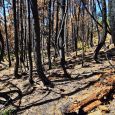
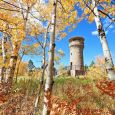

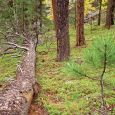

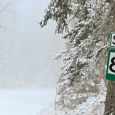


Comments
Ponderosa pine is not native to the Black Hills. When the Custer Expedition came through the region in 1874 bringing invasive cheatgrass for their horses stands of ponderosa pine were sparse and scattered but a century and a half of poor management practices have created an unnatural overstory best controlled by the mountain pine beetle, prescribed fires and periodic wildfires.
US Representative Kristi Noem (earth hater-SD) and South Dakota's congressional delegation routinely pressure Forest Service officials to keep Hulett, Wyoming donor Jim Neiman happy.
Today's fire danger is at the moderate or high category in all reporting stations on the Black Hills.
South Dakota's failure to sufficiently clear decades of overgrowth and understory led to the Legion Lake Fire.
The June, 2016 Crow Peak Fire affected mostly Republican landowners who built in the wildland urban interface begged the feds to protect their properties. These people, white retirees from somewhere else who hate gubmint, fled Minnesota, Colorado or California then parachuted into South Dakota hoping to isolate themselves from fair taxation, African-Americans and cultural diversity.
Trees on public ground are not agriculture. Republicans may have been interested in science at some point in the past but like native Douglas fir, lodgepole pine and as revenues collapse the eventual extirpation of cougars from the Black Hills looks like a given, too.
More diversity means clearing the second growth ponderosa pine, restoring aspen habitat, prescribing burns, beginning extensive Pleistocene rewilding using bison and cervids, engaging tribes, buying out ranchers, leasing private land for wildlife corridors, turning feral horses from Bureau of Land Management pastures onto other public land to control exotic grasses and electing Democrats to lead the way.